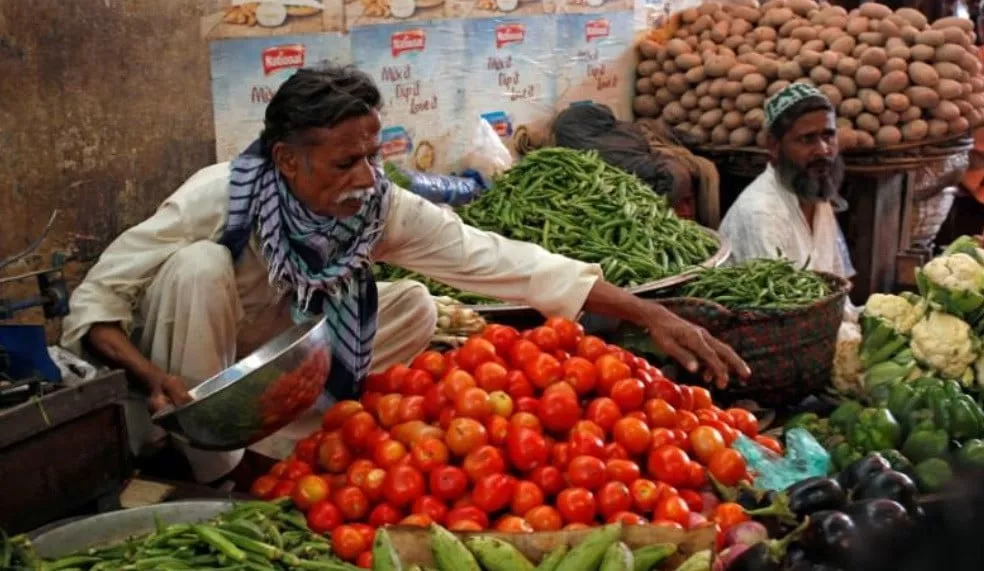
Inflation fell to nearly two years low of 20.7% in March despite seasonal spurt in perishable food items, beating the government’s expectations by a wide margin and putting a question mark on the central bank’s policy to maintain record high interest rates.
The Pakistan Bureau of Statistics (PBS) reported on Monday that the pace of increase in the prices of goods and services remained at 20.7% in March over the corresponding month of the last year. It was the lowest rate in the past 22 months.
It was the second consecutive month when the pace of inflation slowed down significantly –even far more than the optimistic official projections. It was also the third consecutive month when the pace of increase remained on the downward trajectory.
Last week, the finance ministry had projected that the inflation would stick to around 23.5%. The slowdown was more pronounced in urban centres, where the pace of increase in prices eased significantly.
The central bank has maintained the policy rate at 22%, which is the highest rate since 1972 and unjustifiable as the inflation in Pakistan is mostly driven by the administered price increase or food supply shocks.
Read more: Brief reprieve seen in inflation trend
The interest rates are higher than the core inflation rate, which have significantly increased the government borrowing cost to a record Rs8.3 trillion for this fiscal year.
The State Bank of Pakistan (SBP) did not reduce the interest rates in the last Monetary Policy Committee (MPC) meeting despite the path showing a downward trend and the core inflation was also at ease.
The SBP seems to be taking dictation from the International Monetary Fund (IMF) and is not reducing the interest rates, which has significantly impacted the business and the official coffers. The economy grew just 1% in the second quarter of this fiscal year, whereas the industrial sector contracted by 0.9%.
The rupee-dollar parity also remained around Rs278 due to the central bank’s decision to purchase dollars from the interbank to stabilise the foreign exchange reserves.
The PBS inflation bulletin showed that the pace was easing for both the food and energy items, which further eased in both rural and the urban areas. The non-food inflation rate in urban areas slowed down to 25.8% and to 21% in rural areas.
The electricity, gas, petrol, diesel and transport charges kept the non-food inflation rate in the double digits. The gas rates were 318% higher than the previous year and the electricity cost was nearly three-fourths more than the last year.
Pakistan has also committed to the IMF to timely increase electricity prices. Last week, the National Electric Power Regulatory Authority increased the electricity prices by Rs2.76 per unit to recover additional Rs100 billion from the consumers, including the sales tax.
The food inflation decelerated in cities and rural areas. In the urban centres it slowed down to 16.6% and to slightly above 17% in villages and towns, according to the PBS. People’s purchasing power has significantly shrunk due to constant double-digit increases in prices of essential and durable goods.
Successive governments have significantly increased the tax burden. A day earlier, the government further increased the petrol prices by nearly Rs10 per litre due to increase in the international markets.
The exchange rate has remained stable and it is expected that the inflation rate may further slowdown in the coming months due to higher base impact. Yet, the government will miss its annual average inflation target of 21%.
The core inflation, which is calculated after excluding the energy and food items, eased to 12.8% in urban areas, the slowest pace in almost two years. It was recorded at 20% in rural areas. The average core inflation is now significantly lower than the policy rate.
Former SBP governor Dr Reza Baqir had agreed with the IMF that Pakistan would set the interest rate in line with general inflation rate by disconnecting it from the core indicator. There was still a double-digit increase in the prices of all the 12 groups of commodities, barring alcoholic beverages and tobacco.
The prices of non-perishable goods increased 14% but this ratio was over 42% for the perishable goods. Shopkeepers increased the prices of fruits and vegetables, taking undue advantage of the increased demand in the holy month of Ramazan.
There was a substantial increase in the prices of tomatoes, onions, potatoes, fresh fruits, vegetables, sugar, wheat flour and pluses. But the prices of cooking oil decreased by one 22% last month.
The government and the central bank are again set to miss their annual inflation target of 21%. The PBS reported that for the July-March period of the current fiscal year, the average inflation remained at 27.1%. This was far higher than the official target of 21% for the current fiscal year.
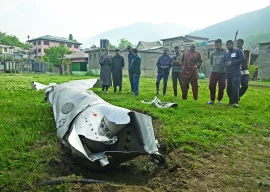
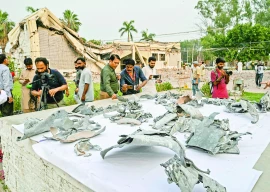





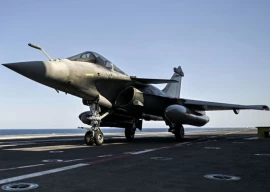


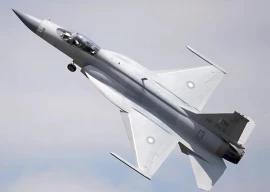





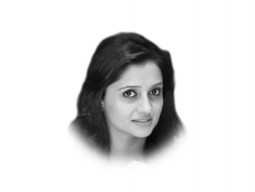

COMMENTS
Comments are moderated and generally will be posted if they are on-topic and not abusive.
For more information, please see our Comments FAQ